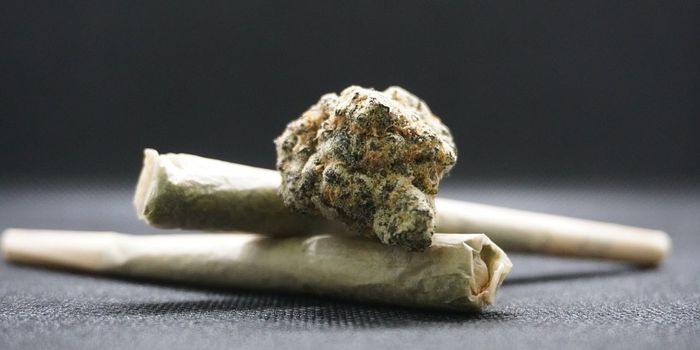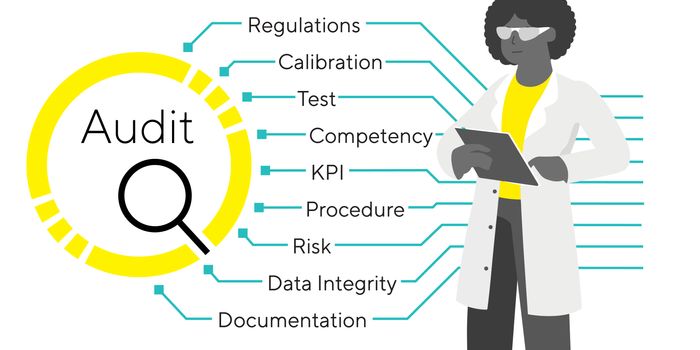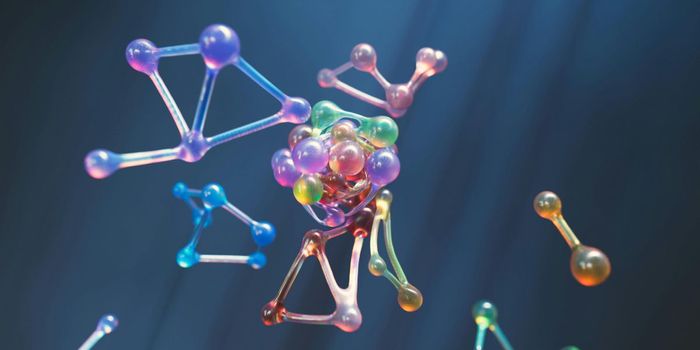A Whipped Jet Aerosol Sprayer that could Change Drug Discovery
A whipped jet aerosol sprayer that has the potential to revolutionize everything from the pharmaceutical to automobile industry is in development. The sprayer is inexpensive to build and operate and does not require electricity. This device could have possibilities for many applications across industries since aerosol technology is used in automobile engineering, pharmaceutical products, and food processing.
The study showed that the steady-state jet sprayer improved aerosol control when compared to traditional chaotic spray performance. It also analyzed jet diameter, whipping regime, and spreading angle of the whipping jet. The researchers measured the angle with respect to the flow rate, distances between droplets, the droplet shapes, and the reproducibility of these parameters. The whipped jet sprayer study contributes to a better understanding of fluid dynamics and microfluidics.
The new whipping jet is the first of its kind because it produces homogeneous droplets in a two-dimensional profile. This study is also notable for another reason. The study, conducted by University of Buffalo researchers, represents a third-generation advancement in liquid jet technology. The first advancement happened in 1998 with the development of cylindrical liquid jets and flat liquid sheet jets in 2018. Now whipper jet sprayer will allow researchers to learn more about microfluidics. Scientists have attempted to use a local heating method called piezoelectric actuation to precisely control the movement of aerosols. Such techniques were limited because they tended to impact the specimens that scientists were studying.
Research on how to control aerosol movement is also important to pharmaceutical sciences and climate research. Study author Dr. Martin Trebbin, Ph.D. explained, “fine monodisperse aerosols with controlled sizes are useful in sample environment instrumentation, such as in mass spectrometry, X-ray free-electron lasers (XFELs), and cryo-electron microscopy, which are used to study bio-macromolecules for structural analysis and drug discovery.” The findings could be used to explore how to refine pharmaceutical devices like inhalers and sprays.
Sources: University at Buffalo, Cell Reports Physical Science, Eureka News Alert








